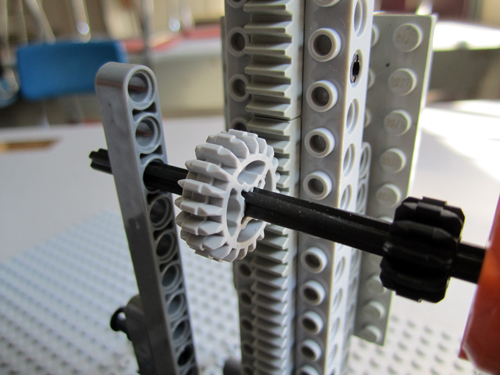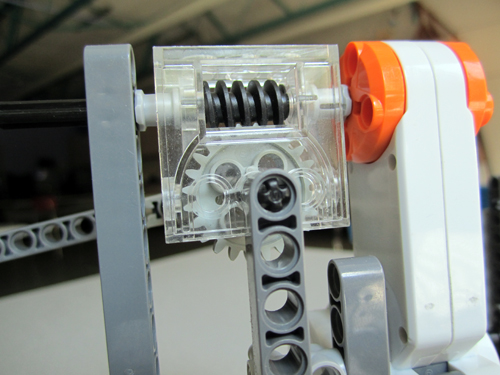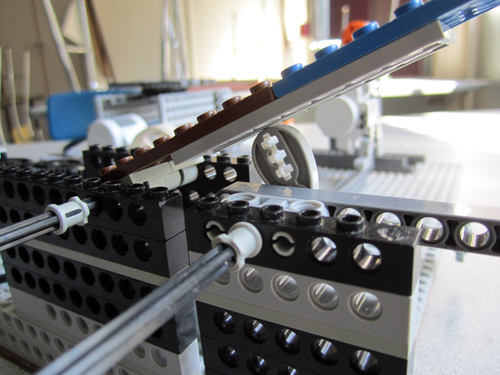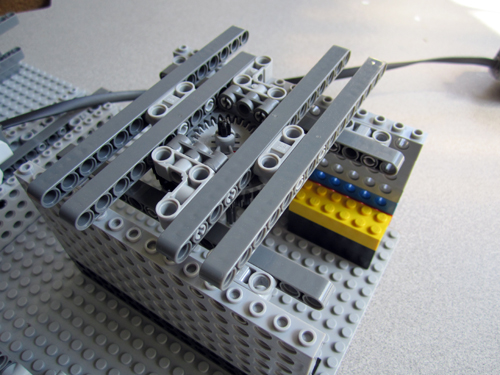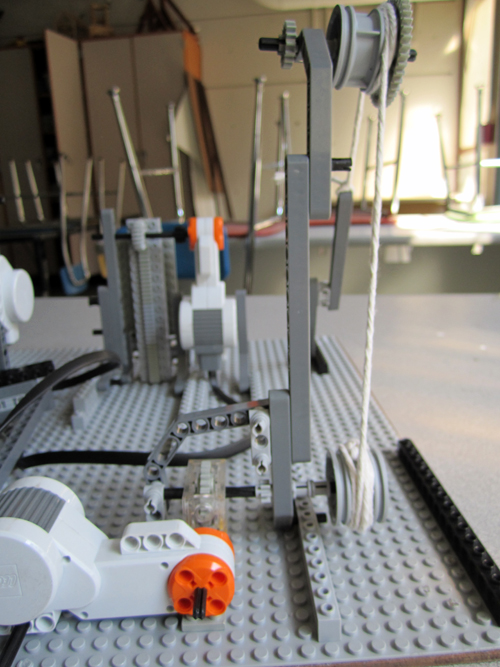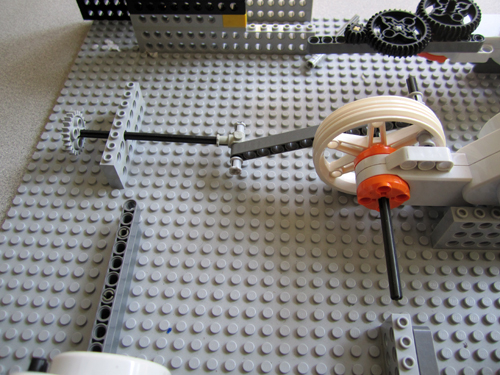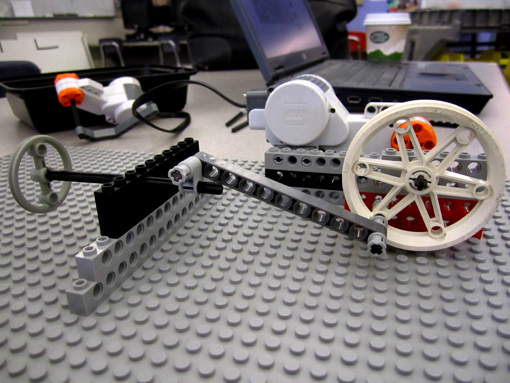Weston Middle School
Technology/EngineeringCourse Materials
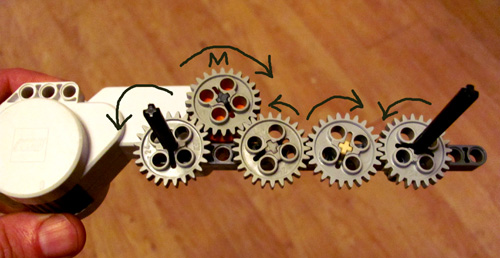
Gear Train- Number of Gears Determines direction of Rotation
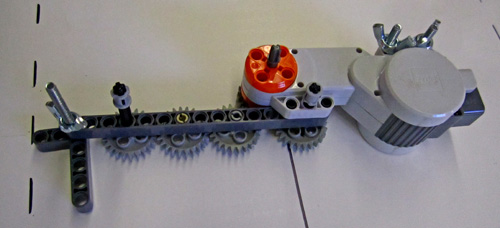
Crank changes rotary motion to up-and-down motion
- Scoop or claw- grab ball, and move it sideways, or lift it up
- Lever: tipping track; dumper; hammer; throwing arm; think about: How does changing the pivot point or arm length change the movement?
- Worm
gear: gives slower speed, more torque;change in axis of rotation;
- Video: Worm Gear Example
- Swing arm/turnstile- moves one ball at a time through an opening
- pulley/hoist/elevator- raises ball from lower level or long distance- can be combined with a ramp
- Archimedes Screw
- Crank: pusher/piston- changes rotary motion into back-and-forth motion; use to launch ball
- Conveyor Belt- Moves ball laterally
- Cam- use to move a lever or lifter
- Fork Lift- Picks up ball ( can use rack- and -pinion)
- Sweep-pushes ball along round track
- Trolley/Cable Car- moves ball long distance or over floor
- Rack and Pinion Gear- Use for back-and-forth movement
- Compound Gearing: Use to speed Up/slow down
Rack-and-pinion gears transform rotary motion to back-and-forth motion
The worm gear gives great mechanical advantage of force, and cannot be back-driven
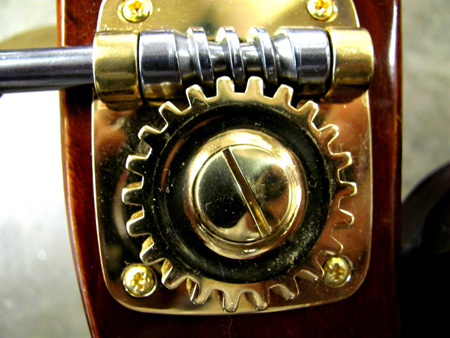
The Cam or lifter arm transforms rotary motion into up-and-down motion.
A Gear Train gives a mechanical advantage of speed or torque
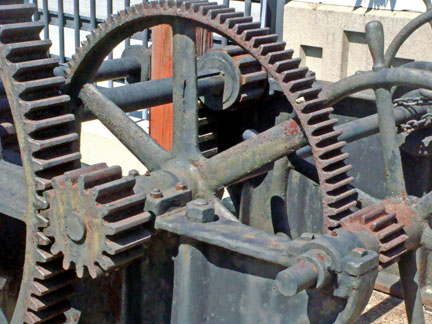
The turntable gear enables large objects to be rotated without straining the axles.
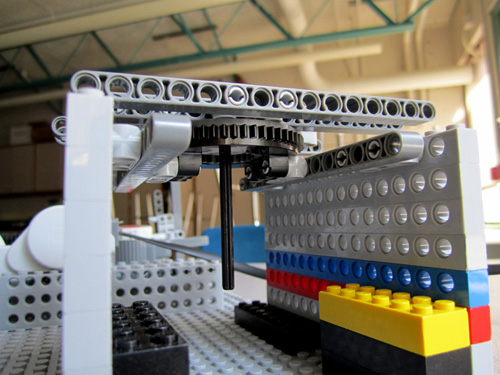

A pulley extends motion over long distances.
The Crank and Piston also transforms rotary motion into back-and-forth motion.
Links
Worm Gear-Building
Mechanical Advantage in practice: MIT Wheelchair
